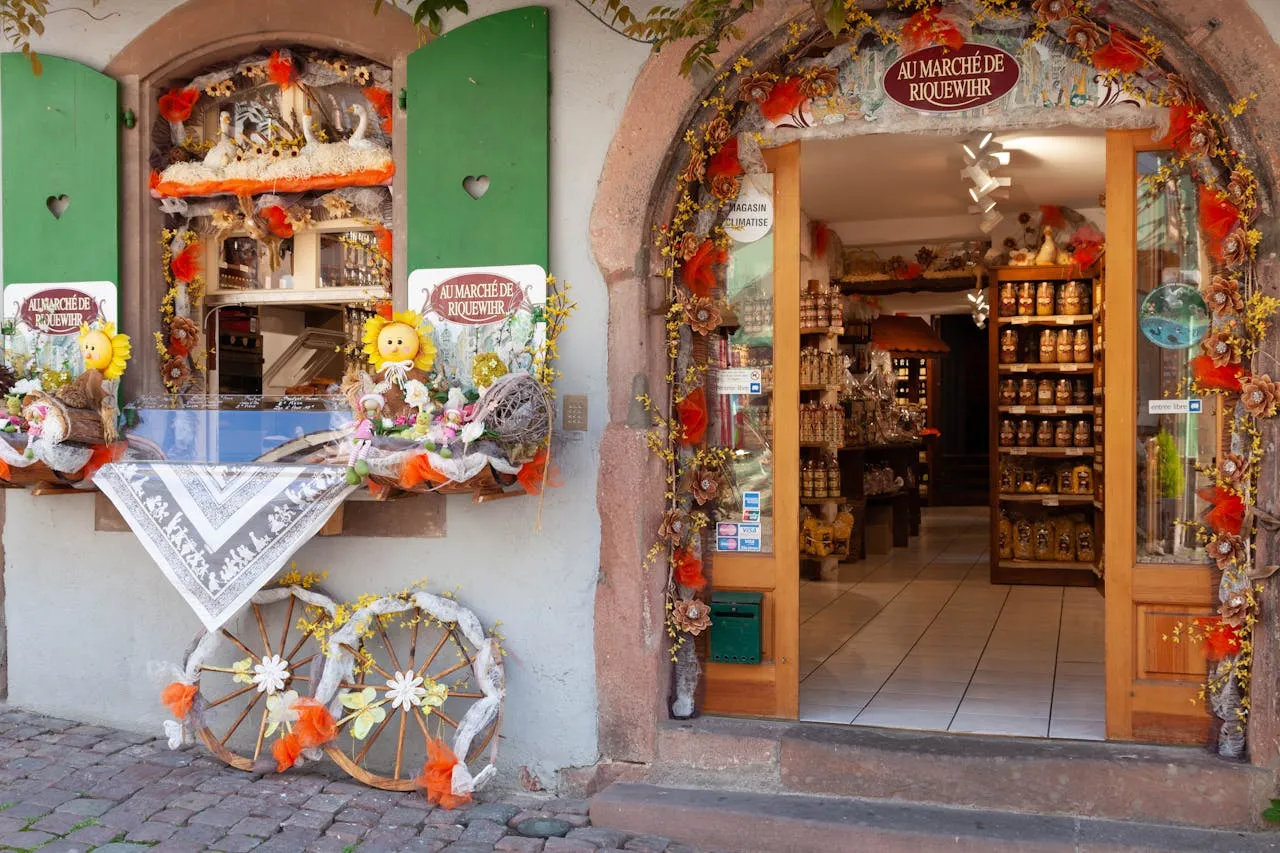
Residential Exterior Roller Shutters Market Forecast 2025–2030: Key Vendors Include WAREMA, Aluprof, Sanwa, Hörmann, Heroal, and Stella Group
Residential Exterior Roller Shutters Market to Grow at 4.95% CAGR from 2024 to 2030, Driven by Smart and Energy-Efficient Solutions
The “Residential Exterior Roller Shutters Market Research Report 2025–2030” is now available on ResearchAndMarkets.com. The report highlights steady global growth, projecting a compound annual growth rate (CAGR) of 4.95% between 2024 and 2030, fueled by increasing demand for energy-efficient, durable, and secure home solutions.
Market Overview
Growth in the residential exterior roller shutters market is supported by rising investments in home improvement, urban housing development, and energy-efficient systems that enhance safety, privacy, and temperature regulation. Consumers are increasingly choosing smart roller shutters that integrate with home automation systems such as KNX and Zigbee for app- and voice-controlled operation.
Energy-efficient shutters are particularly popular in Europe, where green building standards encourage products that reduce energy costs and improve home comfort. Similarly, storm- and fire-rated shutters, such as those from Ozroll and QMI, are gaining traction in regions prone to extreme weather, including Australia and the U.S.
Key Market Trends
- Smart Home Integration: Growing popularity of app-controlled and automated shutters for convenience and security.
- Sustainability Focus: Increased adoption of insulated shutters to reduce heating and cooling demands.
- Weather-Resistant Products: Higher demand for shutters designed to withstand storms, fire, and impact damage.
- Design Customization: Availability of various colors and finishes enhances visual appeal in modern architecture.
- Urban Development: Rising housing density drives installations across apartments, villas, and gated communities.
- Climate Adaptation: Shutters designed to improve insulation and protect against weather extremes are in demand.
- Government Support: Incentives for energy-efficient housing encourage installation of eco-friendly shutters.
Industry Challenges
High installation and purchase costs remain a restraint, particularly in price-sensitive regions. In addition, strict building codes and aesthetic guidelines in heritage and modern housing developments limit exterior modifications, hindering market penetration.
Regional Insights
- Asia-Pacific (APAC) leads the global market with over 37% share in 2024, driven by urbanization and retrofitting projects in Japan and Australia. Shutter products in the region are adapted for diverse climates — from UV-resistant designs for tropical regions to storm-rated models for typhoon-prone areas.
- North America holds the second-largest market share, supported by growing demand for smart, electric shutters and home renovations.
- Europe remains a mature market, particularly in Germany and France, where strict energy-efficiency standards drive adoption.
- Middle East & Africa show robust growth, led by Saudi Arabia (CAGR 6.13%), fueled by luxury housing demand and climate-adaptive designs.
Competitive Landscape
The market features leading players such as WAREMA Renkhoff SE, Aluprof SA, Sanwa Holdings, Hörmann, Heroal, Stella Group, ROMA KG, and Griesser AG. Companies compete through innovation, automation integration, and sustainable design practices. Regional players gain traction by offering tailored solutions and strong after-sales support.
Recent Product Launches:
- July 2024: Heroal unveiled the RS 37 SW and RS 52 SW roller shutter slats with improved energy efficiency and weather resistance.
- May 2024: Hörmann UK introduced the Roller Shutter TD, a compact galvanized steel model for small openings.
- March 2024: WAREMA launched VisioNeo Sun fall protection, seamlessly integrating glass safety with roller shutters.
- January 2024: Aluprof released the SkyTwin dual-purpose shutter system combining roller and solar screen functions.
Market Outlook
By 2030, the residential exterior roller shutters market is expected to reach USD 3.67 billion, up from USD 2.75 billion in 2024. Growth will be driven by sustainable construction trends, increased smart home adoption, and expanding urban residential projects.
For more information, visit ResearchAndMarkets.com.




